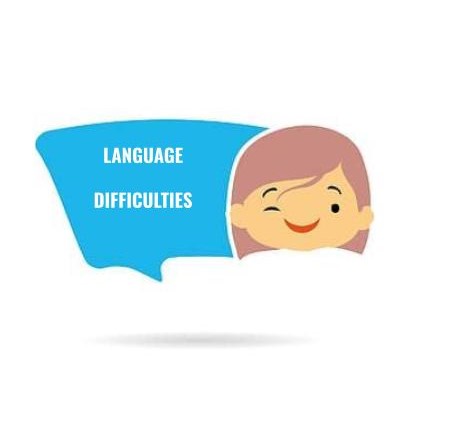To better understand what Spoken language is, I will first provide some information about the basic elements of Language that enable us to produce cohesive and coherent speech.
Language development may be influenced by other aspects of development such as cognition, motor development, and social development. We do not realize how complex language is until one or more of the components of language is delayed or impaired. The components of language may not be acquired at a normal rate or may be influenced by the presence of another language in the child’s environment. Let’s look at these components of language.
Language consists of 3 major components:
- Form
Form involves Syntax, Morphology, and Phonology.
Syntax refers to the rules that govern the structure of the sentences that we formulate and produce. English Language uses S-V-O structure for the formation of sentences, where S=subject, V=verb, O=object i.e., (S)Mary (V)bought (S)a car.
Morphology refers to the “morphemes” which are the smallest grammatical units in a language. The morphemes that can stand alone are known as “free” morphemes or words and those that have to be attached to a word are known as “bound” morphemes such as “ed” at the end of verbs, “ly” at the end of adverbs, “un” in front of verbs and adjectives, etc.
Phonology refers to the speech sounds, sound patterns, and rules that govern each sound when they are combined to form syllables and words.
- 2. Content
Content refers to the Semantics or the meaning of words known as vocabulary. Vocabulary involves a huge word association network in the brain that stores the meaning of objects, verbs, items, words, etc., and enables us to know synonyms, antonyms, homonyms, to be able to categorize items/objects/verbs by their meaning, attributes, their initial sound, use, color, etc.
- 3. Use:
Use refers to the Pragmatics or social aspects of language such as indirect requests, turn-taking, eye-contact, etc. It involves our ability to know what to say, how to say it, and when to say it. For example, if you are eating at a restaurant and you tell the person sitting next to you “could you please pass the salt?” and they reply, “Yes, I could” without passing it to you, it would indicate a difficulty in the area of pragmatics. This is an area that challenges individuals with Autism or Social Communication Disorder.
Impairments in any one of these areas will affect the way we produce language and use language. The earlier we seek therapy, the more chances we give to a child to catch-up with their peers as they age.
